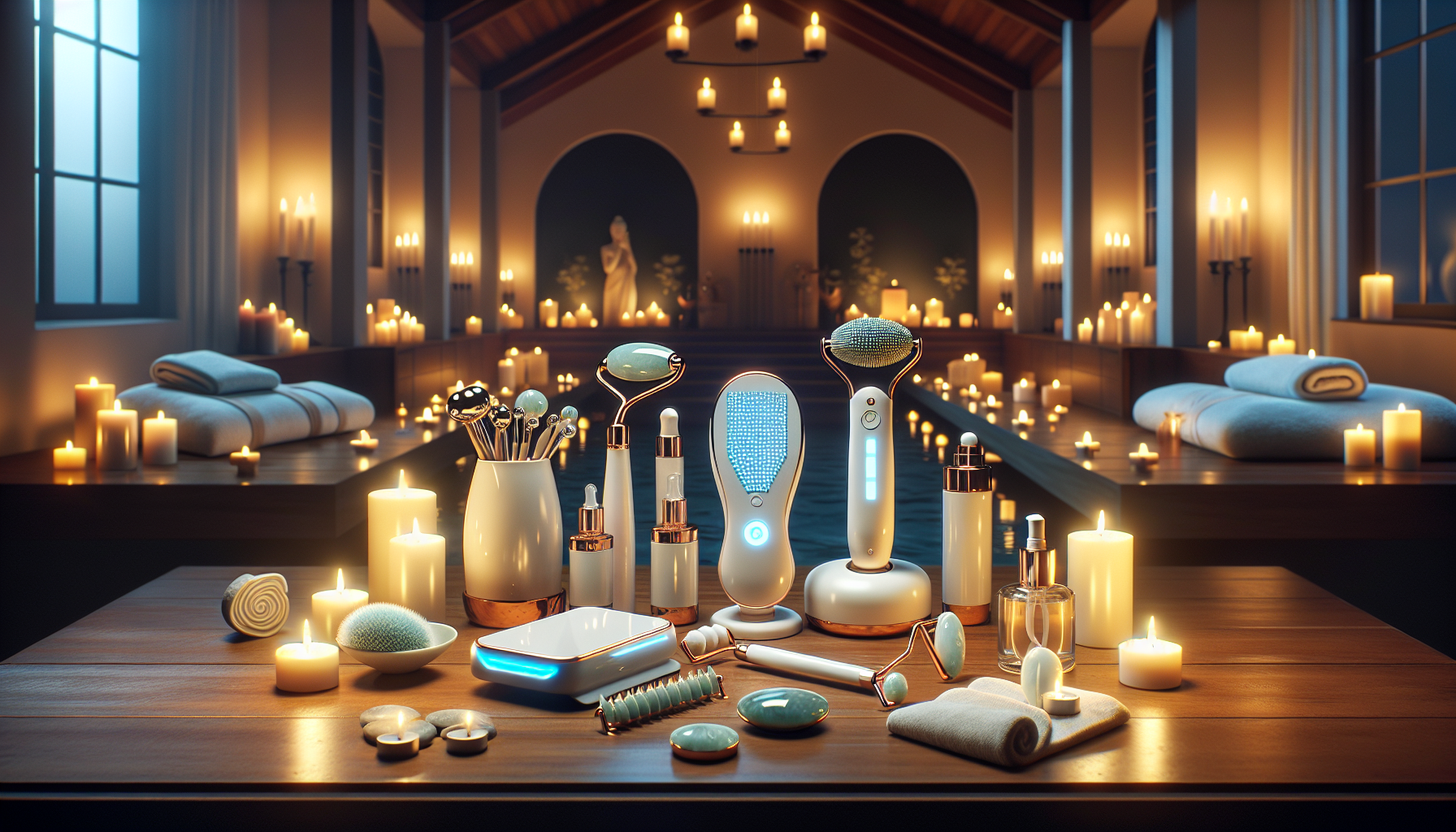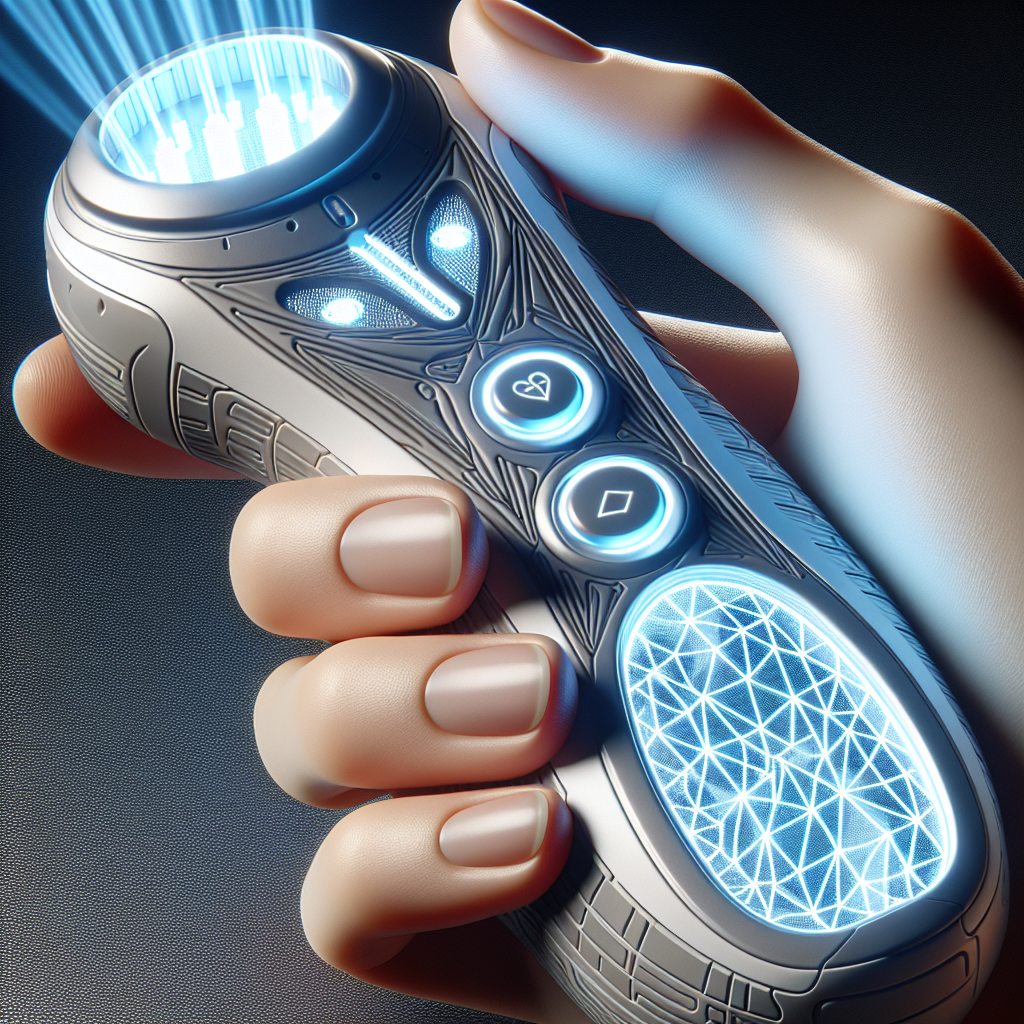In the pursuit of healthy, radiant skin, the beauty industry has witnessed a remarkable influx of technology-driven skin care devices designed for at-home use. These innovative gadgets offer a range of treatments that were once exclusive to dermatology clinics, bringing professional-grade results to the comfort of your home. From LED light therapy to ultrasonic skin infusers, let’s delve into the world of cutting-edge skin care technologies and explore how they can elevate your at-home skin care routines.
The Rise of At-Home Skin Care Technologies
In an age where convenience is paramount, at-home skin care devices have surged in popularity. These devices are not only designed to enhance the efficacy of topical treatments but also to provide treatments like light therapy, exfoliation, and microcurrents that target various skin concerns.
One of the significant advantages of these devices is their ability to offer personalized skin care. With various settings and features, users can tailor their treatments to their specific skin needs, a concept that aligns seamlessly with the principles of Skin Health. By enabling individuals to take control of their skin care regimen, these devices empower users with a sense of agency over their skin’s health and appearance.
Types of At-Home Skin Care Devices
LED Light Therapy Devices
LED (Light Emitting Diode) therapy devices use specific wavelengths of light to combat acne, promote collagen production, and reduce the signs of aging. Blue light targets acne-causing bacteria, while red light is known for its anti-inflammatory and anti-aging properties.
Ultrasonic Skin Infusers
Ultrasonic infusers enhance the absorption of skin care products by emitting ultrasonic waves that push the active ingredients deeper into the skin. This technology ensures that your skin benefits fully from serums and moisturizers, leading to improved hydration and efficacy of the products.
Microcurrent Facial Toning Devices
Microcurrent devices emit low-voltage electrical currents to stimulate the muscles and skin. This ‘facial toning’ can improve muscle tone, contour the face, and reduce the appearance of wrinkles. It’s a non-invasive alternative to more aggressive anti-aging treatments.
At-Home Microdermabrasion Kits
Microdermabrasion kits use exfoliating crystals or diamond-tipped wands to remove dead skin cells. This exfoliation method can help reduce the appearance of fine lines, sun damage, and blemishes, leaving the skin smoother and more radiant.
High-Frequency Wands
These devices use a glass electrode to deliver a mild electrical current to the skin, which can help treat and prevent acne, shrink enlarged pores, and reduce the appearance of fine lines and wrinkles by promoting collagen and elastin production.
Choosing the Right Device for Your Skin
When selecting an at-home skin care device, it’s critical to consider your skin type and concerns. For instance, if you struggle with acne, devices that offer blue LED light therapy or high-frequency treatments would be beneficial. Conversely, if anti-aging is your focus, you might opt for red LED light therapy or microcurrent devices.
It’s also important to seek devices that have been clinically tested and are FDA-cleared, ensuring their safety and effectiveness. Always read reviews and consult with a dermatologist if you have any concerns or pre-existing conditions.
How to Integrate Devices into Your Skin Care Routine
At-home skin care devices should complement your existing Daily Skin Care Routines. For the best results, follow these steps:
-
Cleanse Your Skin: Always start with a clean face. Remove makeup, dirt, and oils to ensure that your skin care device works effectively.
-
Apply Conductive Gels or Serums: Some devices, like microcurrent tools, work best with a conductive gel or serum to help the device glide smoothly across the skin.
-
Use the Device as Directed: Each device will have specific instructions for use. Follow them closely to avoid overuse or potential irritation.
-
Finish with Skin Care Products: After using your device, apply your favorite moisturizers or treatments to nourish the skin.
-
Clean Your Device: Always clean your device after use to prevent bacteria build-up.
The Benefits of Regular Use
Consistency is key when using at-home skin care devices. Regular use can lead to noticeable improvements in skin texture, tone, and overall health. For example, The Importance of Consistency in Skin Care Routines highlights the benefits of adhering to a skin care regimen, which also applies to the use of skin care devices.
External Resources for Further Information
- The American Academy of Dermatology provides guidelines on safe at-home skin care practices.
- A study on PubMed discusses the science behind LED light therapy and its effectiveness.
- The International Dermal Institute offers insights into the benefits and proper use of microcurrent in esthetics.
Precautions and Considerations
While at-home skin care devices are generally safe, they are not free from potential risks. Overuse or improper use can lead to skin irritation, redness, and even injury. Always start with the lowest setting and gradually increase intensity as your skin becomes accustomed to the treatment.
Furthermore, certain skin conditions, such as rosacea or eczema, may be aggravated by some devices. It’s essential to consult with a health professional before introducing a new device into your routine, especially if you have sensitive skin or a skin disorder.
Conclusion
At-home skin care devices have revolutionized the way we approach our beauty routines, offering high-tech solutions for a range of skin concerns. By choosing the right device, integrating it properly into your routine, and using it consistently, you can enjoy professional-level treatments in the comfort of your home. Remember to conduct thorough research, read user reviews, and consider consulting a dermatologist to maximize the benefits of your skin care technology.



